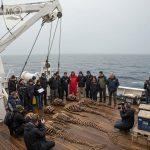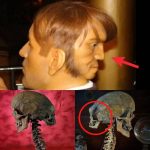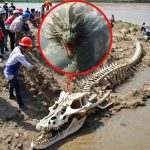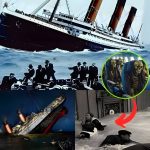John Torrington: The Frozen Face of Tragedy
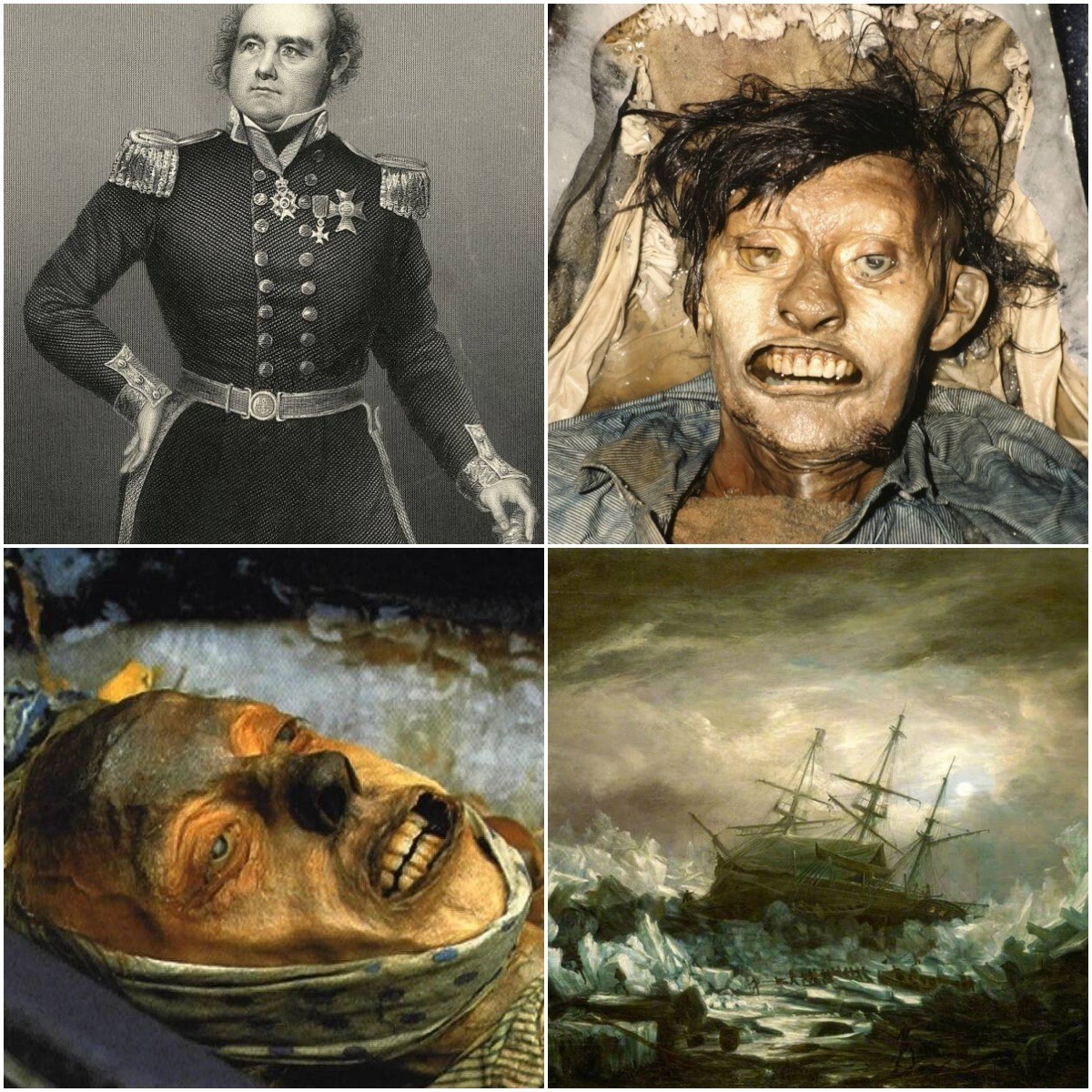
The icy Arctic has always held an aura of mystery, danger, and allure. Few stories embody these elements more profoundly than the doomed Franklin Expedition of 1845, which set sail to chart the fabled Northwest Passage. Commanded by Sir John Franklin, the HMS Erebus and HMS Terror carried 129 men into the frozen north—none of whom would return. Among the relics recovered from this tragedy, none is more haunting than the mummified body of John Torrington, whose preserved face has become an enduring symbol of courage, despair, and the cost of exploration.
The Franklin Expedition: A Voyage Into Silence

The Franklin Expedition departed England in May 1845 with high hopes and national pride. Their mission was to navigate the last uncharted sections of the Northwest Passage, a sea route connecting the Atlantic and Pacific through the Arctic. But after entering Baffin Bay, the ships vanished into the ice. For years, search expeditions uncovered only scattered clues—abandoned camps, skeletal remains, and personal belongings.
The fate of the crew remained one of history’s great maritime mysteries until modern archaeology and forensics began piecing the story together.
Unearthing John Torrington
In the 1980s, a Canadian research team exhumed graves from Beechey Island, where the expedition had wintered in 1845–1846. There they uncovered the body of John Torrington, a 20-year-old stoker from the HMS Terror. To their astonishment, Torrington’s body had been preserved by permafrost for over 140 years. His face, gaunt yet lifelike, still bore the marks of frost and suffering. His eyes, eerily intact, stared upward as though frozen in the moment of his final breath.
The haunting preservation offered scientists a rare chance to study the human cost of Arctic exploration.
Clues From the Frozen Body
Autopsies revealed that Torrington likely died from a combination of pneumonia, tuberculosis, and lead poisoning—possibly from the expedition’s tinned food supply, which was sealed with lead solder. Malnutrition and extreme cold compounded his suffering. His body, clothed in wool garments and wrapped carefully for burial, reflected the desperate yet respectful attempts of his crewmates to honor the dead even in dire circumstances.

The absence of violent trauma reinforced that the Franklin tragedy was less a battle against enemies than a slow defeat at the hands of disease, starvation, and the merciless Arctic climate.
Symbol of Courage and Tragedy
Torrington’s remains have since become emblematic of the Franklin Expedition’s legacy. His frozen face is not only a window into the suffering endured but also a testament to the bravery of men who ventured into the unknown armed only with the knowledge and technology of their age. His image reminds us of the thin line between discovery and disaster—a line often crossed in the name of progress.
Conclusion
The mummified body of John Torrington is more than an archaeological curiosity—it is a human story frozen in time. His preserved face, uncovered after more than a century, tells of ambition, suffering, and resilience in the harshest of environments. Through him, the Franklin Expedition’s tragedy is not forgotten, but remembered as both a warning and a tribute to the courage of those who dared to explore beyond the edge of the map.





